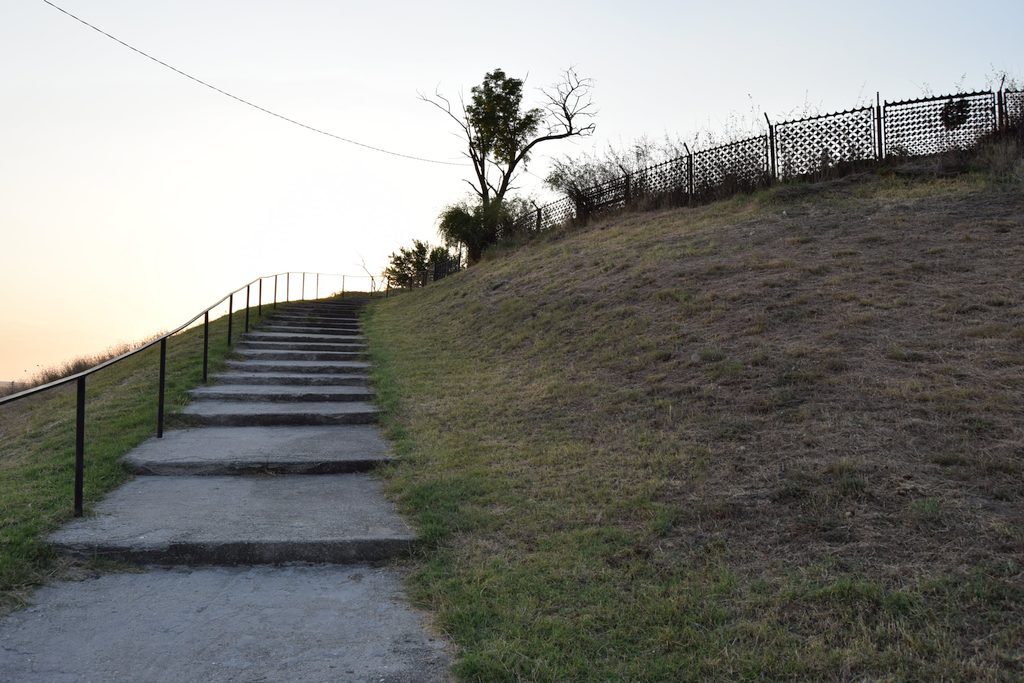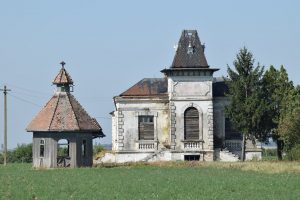

The archaeological site ” La Biserica” is located within the commune Magura.
It is a neo-eneolithic settlement that belongs to Gumelniţa culture (c. 4700-3900 BC).
On the same location were also reported traces of habitation since the Bronze Age and since the Iron Age (the Latene).
Gumelnița is the name given by archaeologists to a Neolithic culture of the second half of the fifth millennium BCE. The distribution area of the culture includes Muntenia (on the former Boian culture) Dobrogea (on the territory occupied before by Hamangia culture) as well as Bugeacul.
Towards south occupies most of Bulgaria, both on north as well as south of the Balkans (known as the Kocadermen-Karanovo VI), reaching the Aegean Sea in northern Greece. The tell type settlements of this period are placed in well protected natural places, usually in meadows, near the terraces or on their slopes. The evolution of the culture Gumelnita-Kocadermen-Karanovo VI ends progressively with the arrival on the Danube of the Cernavoda I tribes, considered by many researchers as the first Indo-Europeans. If the evolution of the culture Gumelniţa ends abruptly in this area, it continues for at least a century in other regions through phase Gumelniţa B. The evolution of the culture Gumelnita-Kodjadermen-Karanovo VI ends progressively along with the arrival on the Danube of the Cernavoda I tribes considered by many researchers as the first proto-Europeans. If the evolution of the culture Gumelnita ends abruptly in this area, it continues for at least a century in other regions (Muntenia, Thrace, Balkans) with Gumelniţa phase B.
As for the relative chronology of the culture Gumelniţa, the various precucuteniene parts of “import” dating from phase Precucuteni III (or even the late phase Precucuteni II) and others cucutian from phase A, and a pottery fragment belonging to Petreşti culture in Transylvania – and pieces discovered in the settlements of the culture Gumelniţa – lead us to believe the beginning of this contemporary culture with the culture Precucuteni III (but also with the final Precucuteni II) and then with the phase Cucuteni A and at the end the beginning of the phase Cucuteni A-B. Petreşti fragment type indicates a Gumelniţa A2 parallel with a relatively late stage Petreşti.
The absolute chronology, which is still a matter of discution, according to latest recalibrated data, settle this culture (as we mentioned above) within the last half of the fifth millennium BC and perhaps at dawn of the IV millennium BC.

